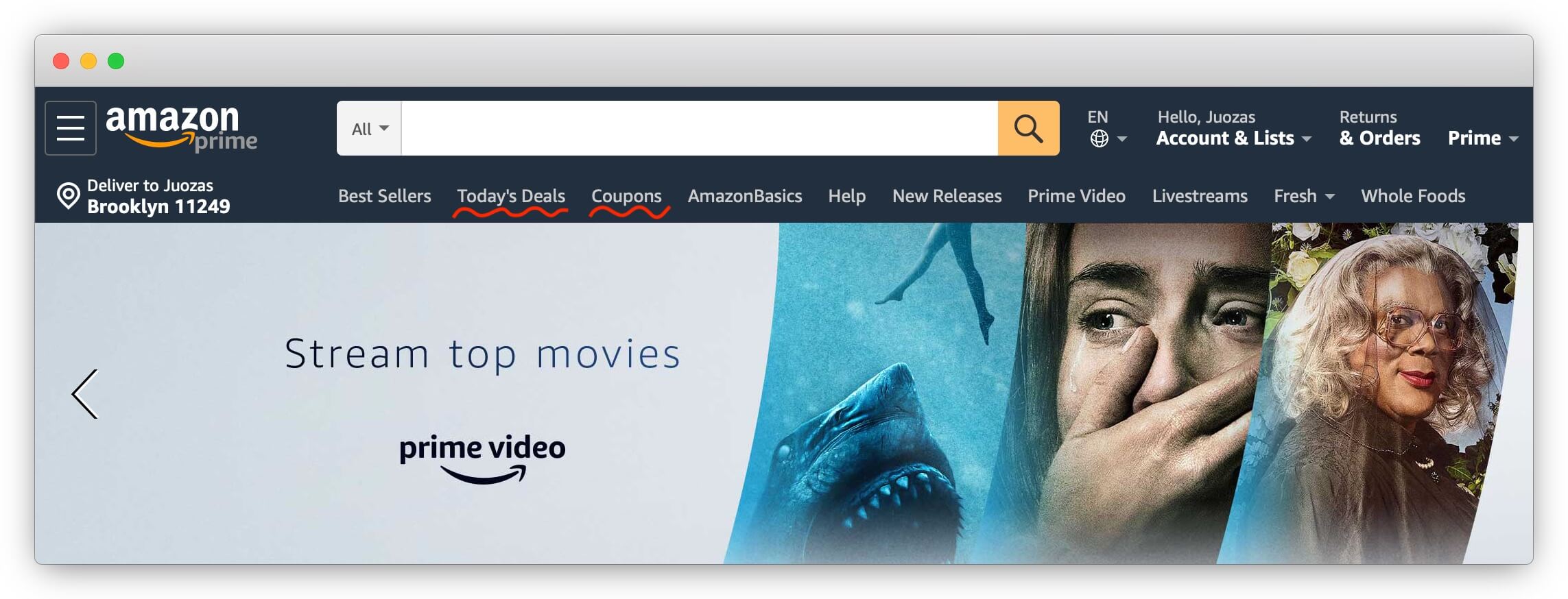Amazon has opened its warehouses to all items and reintroduced shopping functionality like deals and recommendations. Fast shipping for non-essentials is back, too, crucially.
In early April, Amazon removed Today’s Deals and product recommendations from its website. “We typically want to sell as much as we can, but our entire network is so full right now with just hand sanitizers and toilet paper that we don’t have the capacity to serve other demand,” said an Amazon employee involved in the changes, quoted by The Wall Street Journal. The company was trying to focus its operations, and thus, consumer spending too, on essentials and high-demand items.
Amazon started accepting new deals last week and reintroduced the deals and coupons menu items to its app and website last weekend. The company has also removed book recommendations from most of the items, a change it previously introduced to replace “Customers who bought this item also bought” and “Frequently bought together” widgets.

After focusing on essentials since mid-March, a change that resulted in brands unable to ship their items to the Fulfillment by Amazon (FBA) warehouses, the company has lifted the ban on non-essentials and removed quantity limitations implemented in mid-April. At the time, Amazon had introduced a “Limited Restock” tag. Products marked with one had a quantity limit based on past sales and current inventory levels. New products not previously sold on Amazon were limited to fifty units.
All quantity restrictions were removed last weekend, according to sellers who were previously unable to create shipments. “We removed quantity limits on products our suppliers can send to our fulfillment centers,” Kristen Kish, an Amazon spokeswoman, confirmed on Tuesday.
Parts of the country are also starting to see two-day and even next-day delivery for some of the items. Most importantly, fast shipping is no longer limited to essential items. Instead, it appears to be available on most of the items.
As demand on Amazon surged, the inevitable breakdown of its fulfillment operations caused one of the fundamental pillars of its value to consumers to collapse too. That pillar is the ability to get any of the hundreds of millions of items on Amazon delivered in two-days or less. Without it, competing retailers started to experience an explosive increase in traffic as shoppers went looking for faster delivery.
Amazon has recovered from this. It still cannot do two-day nationwide delivery for most of its items, but it appears to be on a fast recovery path to get there. Reintroduction of shopping functionality like deals, which is meant to increase spending, is a sign of confidence that it soon will.

